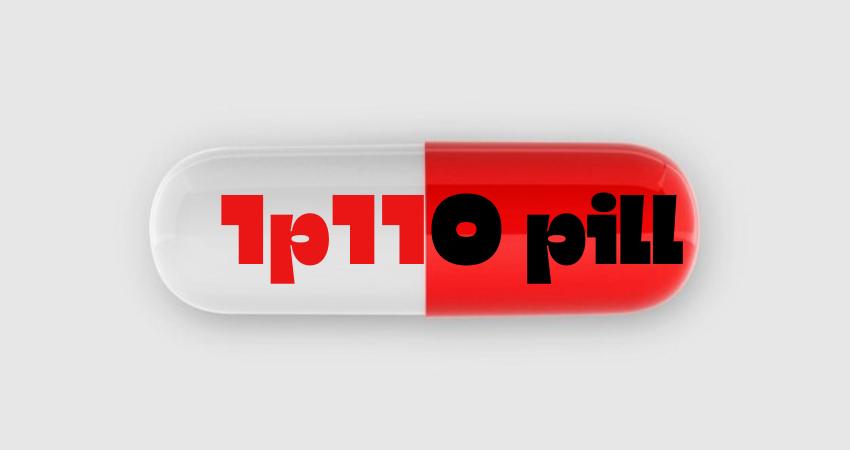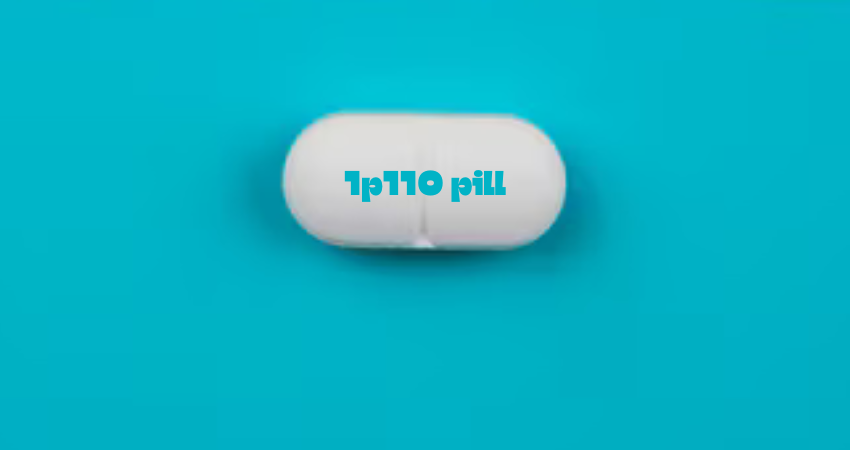In the intricate tapestry of medical history, few threads shine as brightly as the story of the 1p110 pill—a small, oblong-shaped tablet, unassuming to the naked eye yet monumental in its impact on health and wellbeing. Its story is one of innovation, resilience, and compassion, tracing a path through the corridors of science, the struggles of pain management, and the triumphs of modern pharmacology.
This article invites you to journey with the 1P110 pill, exploring its origins, its rise to prominence, and the profound influence it has had on millions of lives. It’s a tale that’s not just about medicine—it’s about the human spirit’s quest to alleviate suffering and restore dignity to those in need.
A Seed of Hope: The Origins of Pain Relief
Before the 1p110 pill came to be, humanity grappled with the age-old nemesis of pain. Ancient remedies, from the opium poppy fields of Mesopotamia to the willow bark extracts of early Greece, offered fleeting relief but often came with significant risks. Pain, in its relentless grip, shaped lives, limited possibilities, and robbed countless individuals of peace.
In the early 20th century, scientists sought more precise answers, delving into the mechanisms of pain at the molecular level. It was here, amidst the growing understanding of the nervous system, that the foundation for the 1P110 pill was laid.
The Breakthrough: A Tale of Two Molecules
The creation of the 1P110 pill was not the work of a lone genius but a symphony of collaborative efforts by chemists, pharmacologists, and visionaries. Its formulation combined two key active ingredients: acetaminophen, a gentle yet effective pain reliever, and hydrocodone bitartrate, a semi-synthetic opioid that offered powerful relief for moderate to severe pain. Together, these ingredients formed a harmonious blend, targeting pain with precision while minimizing potential risks when used responsibly.
Introduced in the mid-20th century, the pill quickly gained recognition. Doctors celebrated its dual-action efficacy, and patients, once imprisoned by chronic pain, spoke of newfound freedom. The pill’s embossed marking—1P110—became synonymous with hope, a coded promise of better days.

A Quiet Revolution: Transforming Pain Management
As the 1P110 pill entered the market, it sparked a quiet revolution in pain management. Previously, patients with severe conditions, from postoperative recovery to chronic illnesses, faced limited options. Many endured either unrelenting discomfort or the risks of unregulated opioid use.
The 1P110 pill bridged a critical gap. Acetaminophen’s anti-inflammatory properties worked in tandem with hydrocodone’s ability to suppress pain signals in the brain. This balance meant relief without excessive sedation—a breakthrough that allowed patients to not just survive but engage meaningfully with life.
The Human Side: Stories of Healing and Resilience
The true legacy of the 1P110 pill lies not in its chemical makeup but in the lives it touched. Imagine the cancer patient, weary from chemotherapy’s relentless toll, finding solace in the pill’s relief. Picture the laborer with a back injury, once sidelined by agony, now able to embrace his children without wincing.
For many, the pill became a bridge—a way to cross from despair to hope, from limitation to possibility. Doctors, too, felt the weight of its impact, empowered by a tool that allowed them to honor their Hippocratic Oath with renewed vigor.
The Shadows of Progress: Misuse and Misunderstanding
Yet, as with all powerful medicines, the story of the 1P110 pill is not without shadows. The opioid crisis, a sprawling epidemic of misuse and addiction, cast a dark cloud over the medical landscape. While the pill was a lifeline for many, it became a source of dependency for others, its promise twisted into peril through overprescription and misuse.
Governments, healthcare providers, and pharmaceutical companies faced scrutiny. Conversations around ethics, responsibility, and regulation intensified. The once-celebrated 1P110 pill became a symbol of both medical achievement and the complexities of human vulnerability.
Rewriting the Narrative: Towards Responsible Use
In recent years, efforts to reclaim the legacy of the 1P110 pill have gained momentum. Stricter guidelines, improved education for healthcare providers, and advances in non-opioid pain management have reshaped its role in medicine.
Pharmaceutical innovations now emphasize personalized care, ensuring that pain relief aligns with individual needs and circumstances. While the 1P110 pill remains a vital option, it is no longer seen as a first-line defense but part of a broader arsenal in the fight against pain.
The Science Behind Relief: How the 1P110 Pill Works
At its core, the 1P110 pill operates on a simple yet profound principle: interruption of pain signals. Acetaminophen reduces fever and alleviates minor aches, while hydrocodone binds to opioid receptors in the brain, altering the perception of pain.
This dual mechanism makes the pill uniquely effective for conditions ranging from post-surgical recovery to severe arthritis. However, it also underscores the importance of dosage control—misuse can lead to tolerance, dependence, and, in extreme cases, respiratory depression.
The Cultural Impact: Medicine in the Zeitgeist
Beyond its clinical significance, the 1P110 pill has permeated cultural consciousness. It has been referenced in films, music, and literature, often symbolizing the intersection of relief and risk. Its presence in these narratives reflects society’s evolving relationship with pain and the medicines designed to treat it.
Lessons Learned: A Path Forward
The history of the 1P110 pill offers invaluable lessons. It teaches us the importance of balance—between innovation and caution, accessibility and oversight. It reminds us that medicines are tools, their value determined by how we wield them.
As new treatments emerge, the story of the 1P110 pill will remain a touchstone—a reminder of what’s possible when science and compassion converge.
A Legacy of Hope
The 1P110 pill, small and humble in form, carries within it a legacy of hope. It stands as a testament to the power of human ingenuity and the enduring desire to alleviate suffering. As we look to the future, let us honor its story—not just as a chapter in medical history but as a call to care, innovate, and heal with integrity.\

Frequently Asked Questions
What is the 1P110 pill?
The 1P110 pill is a combination medication containing acetaminophen and hydrocodone, used to manage moderate to severe pain.
When was the 1P110 pill introduced?
The pill was developed in the mid-20th century, during a period of significant advances in pharmacology.
How does the 1P110 pill work?
It works by combining acetaminophen’s pain-relieving properties with hydrocodone’s ability to block pain signals in the brain.
Is the 1P110 pill addictive?
While effective for pain relief, the hydrocodone component carries a risk of dependency if misused.
What measures are in place to prevent misuse?
Stricter prescribing guidelines, patient education, and monitoring systems help minimize misuse.
What are alternatives to the 1P110 pill?
Non-opioid pain relievers, physical therapy, and alternative treatments like acupuncture are increasingly popular options.
Closing Note
In the journey of the 1p110 pill, we find a mirror to our collective story—a saga of challenges faced, solutions sought, and lives transformed. It’s more than a pill; it’s a legacy of hope, healing, and humanity’s unyielding will to conquer pain.


